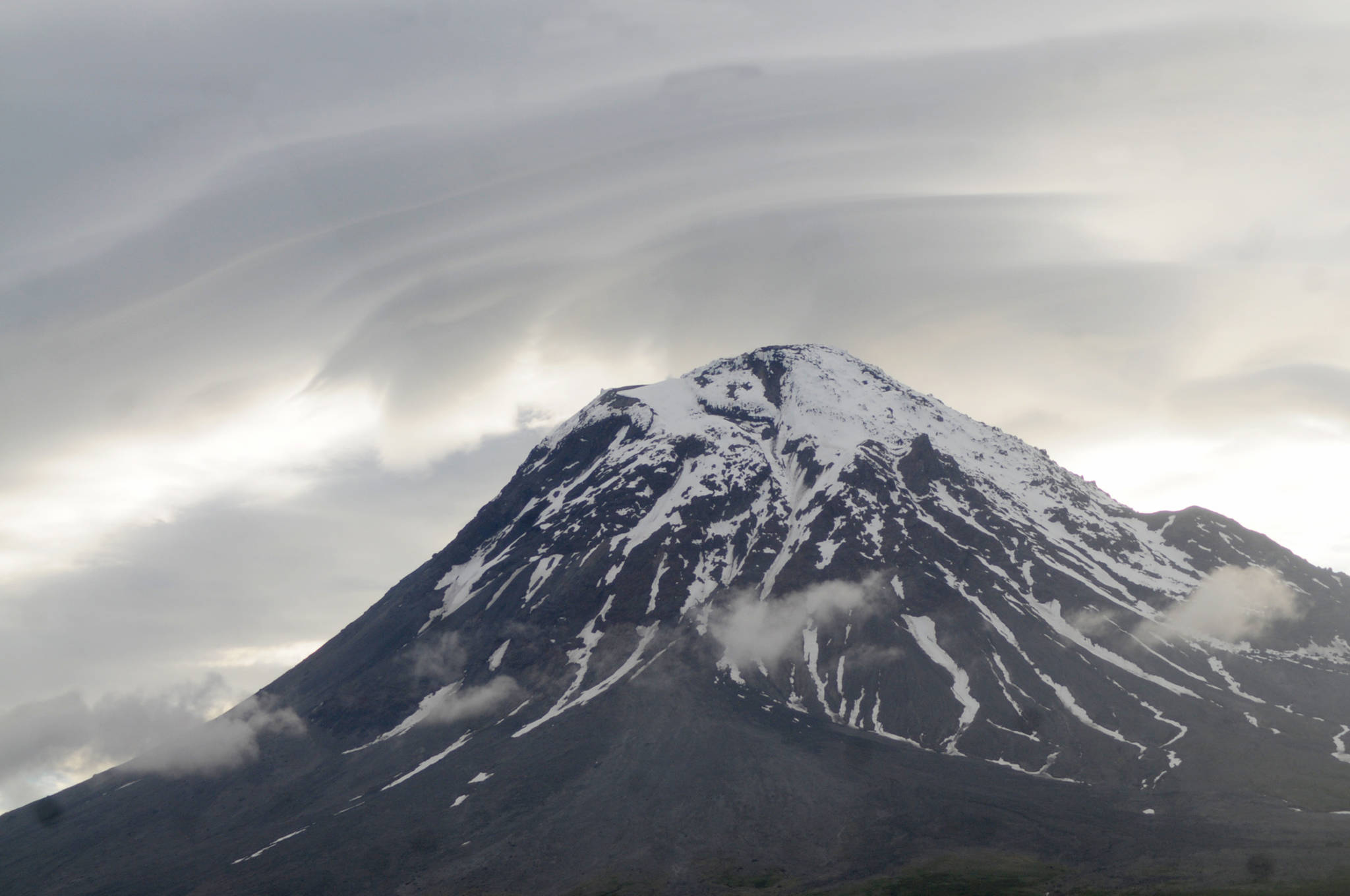On the morning of Nov. 30, many residents on the Kenai Peninsula received automated tsunami warnings on their cell phones following the magnitude 7.0 earthquake. While Seward and Homer evacuated their schools and braced for impact, some residents in Kenai may have been left confused.
An hour or so after the earthquake rumbled the peninsula, Kenai City Manager Paul Ostrander was on the radio, assuring residents that they had nothing to worry about when it came to a potential tsunami. Shortly after this, the warnings were canceled across the state.
The tsunami warnings, which come from the federal level, were automatically issued to communities in the Cook Inlet region the morning of Nov. 30.
Could a tsunami traveling up Cook Inlet affect the city of Kenai? Scientists say maybe.
Donald More, acting director of the National Tsunami Warning Center in Palmer, said there is a tsunami threat for Kenai, though it’s a small one.
The city of Kenai sits at the crux of the mouth of the Kenai River and the silty salt waters of Cook Inlet. Moore said tsunamis caused by earthquakes will slowly diminish as they travel up Cook Inlet toward Anchorage. He said Kenai is not under threat when it comes to thrust-generated tsunamis.
“Kenai will probably not see significant damage from this kind of tsunami,” Moore said.
Moore said a different kind of tsunami could affect Kenai — one that is caused by landslides, both above and underwater.
In 1883, the southern Cook Inlet volcano St. Augustine erupted, sending a massive chunk of the mountain into the sea. The landslide caused four 20-feet-high waves to crash on the shores of the Kenai Peninsula, according to the Alaska Volcano Observatory.
“The Kenai Peninsula is in risk of this kind of event,” Moore said.
Moore said the National Tsunami Warning Center and the Alaska Volcano Observatory work closely to watch St. Augustine.
“We monitor earthquakes in the vicinity of the volcano,” Moore said. “We have special warnings in place for St. Augustine.”
Moore said these landslide-generated tsunamis are difficult to track and predict.
“You don’t know when or where the land is going to slope,” Moore said. “It could be underwater. It could be an earthquake near the coast that causes a landslide.”
Earthquakes that reach a magnitude 7.1 or higher are typically the threshold for the warning center to start monitoring potential tsunamis, though they could happen with smaller earthquakes as well, he said.
Just like with earthquakes, Moore said there is uncertainty when it comes to predicting and assessing tsunami threats.
In the case of another tsunami warning, the National Tsunami Warning Center encourages residents in coastal communities to seek higher ground or move at least 1 mile inland until there is no longer a threat.

